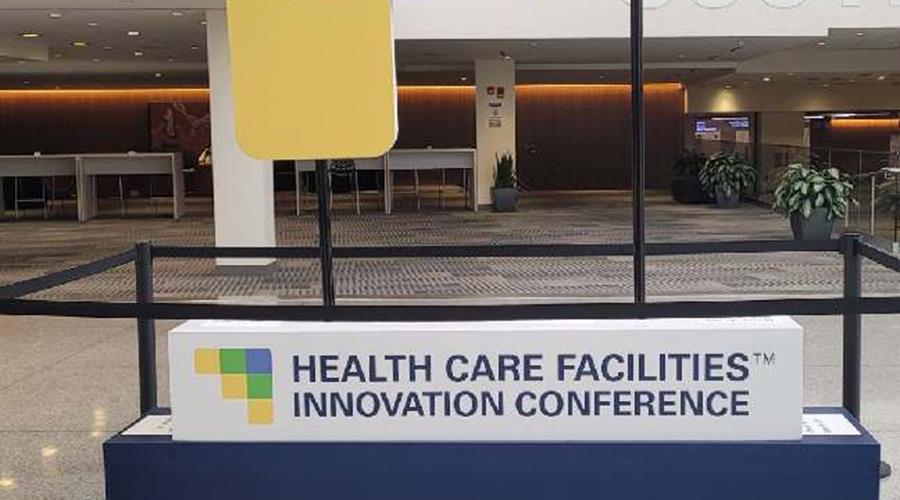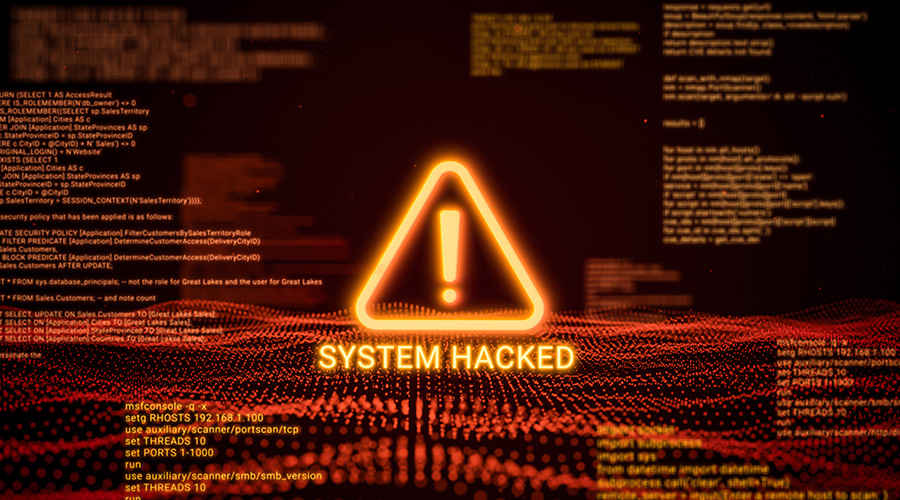The American Society of Healthcare Engineering’s (ASHE) annual Healthcare Innovation Conference took place last month in Columbus, Ohio, bringing together leaders in healthcare from across the country. The three-day event covered topics ranging from assets and compliance, to improving indoor air quality, facility resiliency and more. The Expo Hall also displayed leading product innovations. Here are some key takeaways from the conference:
1.) Form Your Pit Crew
Keynote speaker Diana Kander spoke on the importance of have a strong team. Citing a use case of a children’s hospital in London where children kept on dying after being transferred from the ICU, the hospital enlisted the help of a Formula 1 pit crew to oversee the process and help determine the flaws in their operations. Even though it initially sounds ridiculous, the crew was able to help the hospital come up with a new strategic plan, lowering the death rate significantly. Having a team that is efficiently trained enables a sense of calm during stressful times in the day. In addition, assigning people to become “experts” in specific tasks can also increase efficiency in facilities, making for smoother operations altogether.
Kander pointed out the importance of having the diversity of thought on a team. Innovation is not what you do, but how you do everything. Having this type of diversity on the team prevents people from being trapped in a box and further pushes development.
Related Content: Innovations Thrive Within a Culture of Sustainability
2.) Facilities Management is an “Unforgiving Job”
The conference stressed the importance of training, with Dave Lockhart, executive director for Facilities Operations and Maintenance at Kaiser Permanente suggesting that managers take 10 percent of each bi-weekly pay period to train staff. It may sound like a lot of time, but investing in staff improves operations overall. Facility managers in hospitals and other healthcare facilities play an essential role in patient care. If something goes awry within the building, it could have a detrimental impact on a patient. Managers were asked how they can effectively take care of patients if the building wasn’t getting taken care of. Facility professionals need to approach each day thinking that the most important patient is the infrastructure of the building. By prioritizing training, managers can ensure that tasks are being completed safely and that care isn’t being compromised in the long run.
3.) Sustainability Isn’t Going Anywhere
It is currently a tumultuous time to be in facilities management as government funding for sustainable initiatives has been threatened and extreme weather events are becoming the norm. But if there’s anything that facility managers know best, it is that if things aren’t going to go your way and that you have to be flexible with your plans.
While sustainability is an uphill battle, it’s not going away anytime soon. Multiple global conflicts have yet to disrupt the energy market, giving some hope that sustainability initiatives can still move forward. During the “Energy and Sustainability Success in Hospital? It’s About Teamwork, Period” session, managers were advised to reevaluate their procurement strategies as inflation and tariffs kick in. Some of these initiatives aren’t cheap, so if you can talk in dollars, decision makers will listen and what gets rewarded gets repeated.
Mackenna Moralez is the associate editor of the facilities market and the host of the Facilities in Focus podcast.

 Glens Falls Hospital Caught Up in Oracle Health Data Breach
Glens Falls Hospital Caught Up in Oracle Health Data Breach Designing for Dignity: Supporting the Needs of An Aging Population
Designing for Dignity: Supporting the Needs of An Aging Population Encompass Health and BSA Announce Joint Venture for Amarillo Hospital
Encompass Health and BSA Announce Joint Venture for Amarillo Hospital Healthy Buildings, Healthy Futures: IWBI and Georgetown Convene Policy Leaders in D.C.
Healthy Buildings, Healthy Futures: IWBI and Georgetown Convene Policy Leaders in D.C.